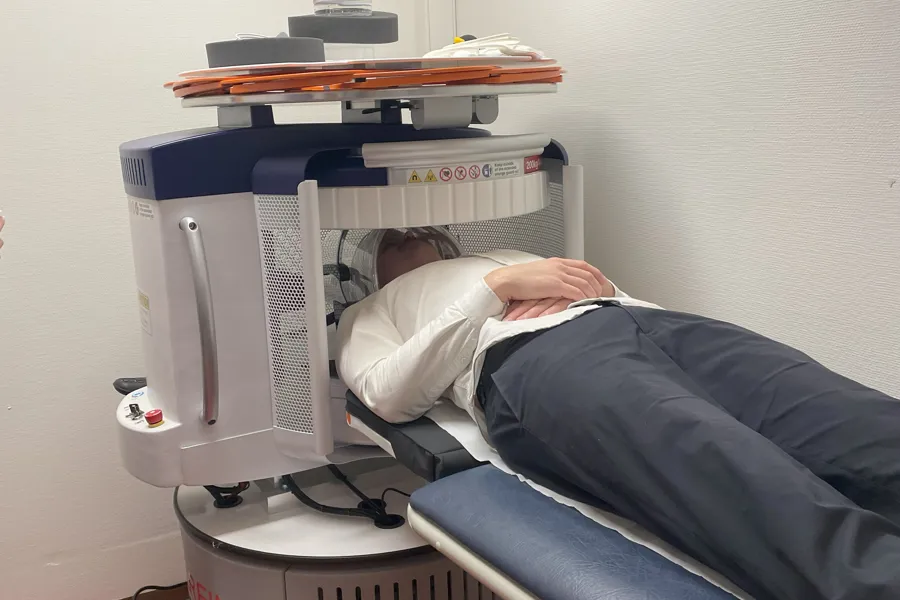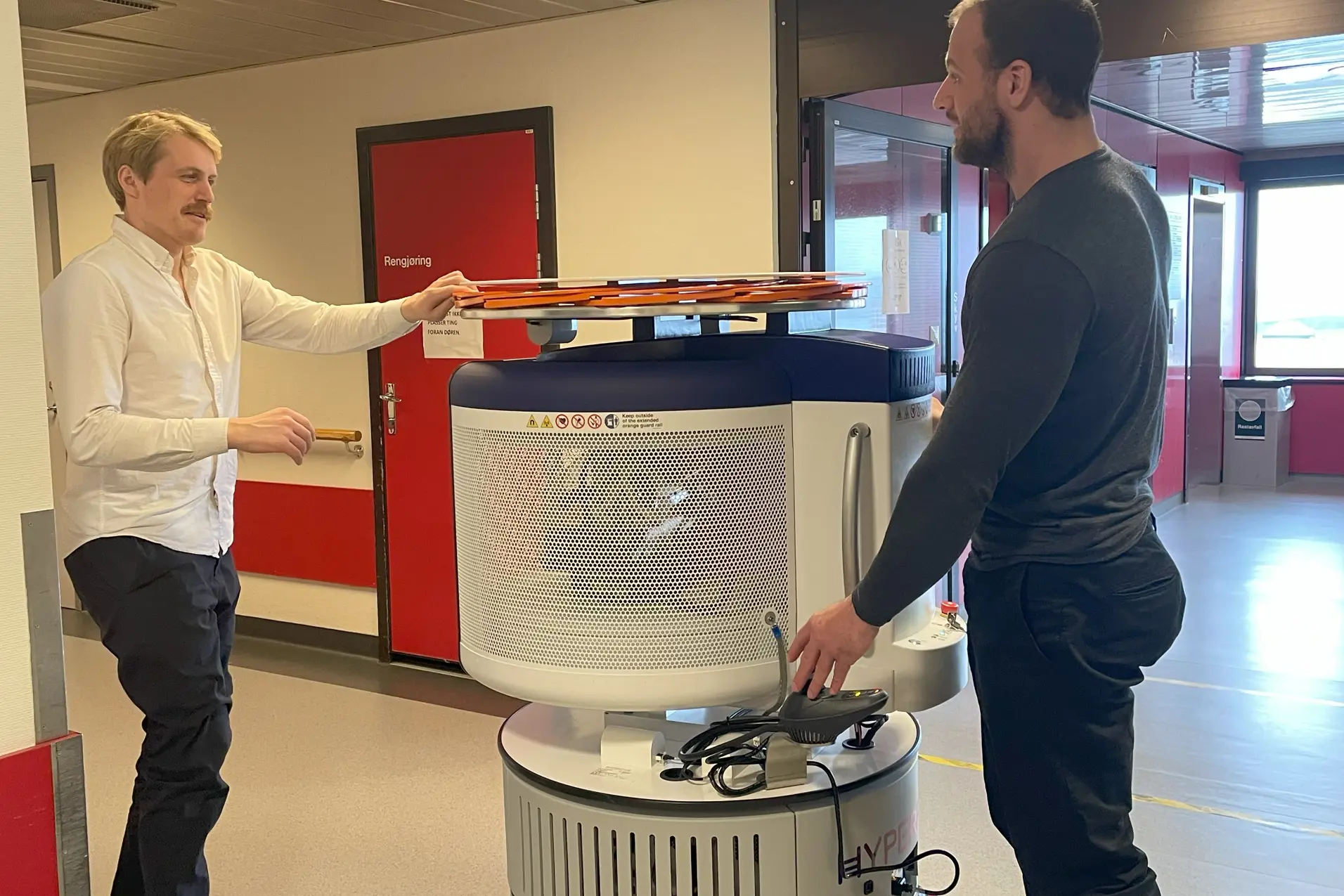Validating Ultra-Low Field MRI to Improve Diagnosis-to-Treatment Procedures in Acute Ischaemic Stroke Patients (VALIDATE)
Cooperation between University in Stavanger and Stavanger University Hospital


Radiological examination of the brain is a critical determination of stroke care pathways, with magnetic resonance imaging (MRI) as the gold standard. Traditionally, neuroimaging requires patient transport to a centralized dedicated radiology suite, which is costly in both time and resources. However, stroke diagnosis and subsequent treatment are very time sensitive, making fast accessible neuroimaging essential to detect the presence of acute ischemic stroke (AIS).
In order to optimise fast, local AIS detection and treatment, we will evaluate the use of portable ultra-low field MRI scanning in AIS diagnosis and treatment and compare it with traditional high-field MRI and CT scanning. In parallel, we will repurpose and refine existing image quality transfer techniques to enhance ultra-low field image quality and develop the world’s first unique ultra-low field stroke biomarker, using state-of-the-art machine learning methods.
Our ambitious project is headed by a team of experts from medicine, neuroimaging, machine learning and engineering, building upon years of experience with novel neuroimaging techniques and neuromodelling, stroke diagnosis and treatment, biomarker development, as well as high- and ultra-low field scanning.